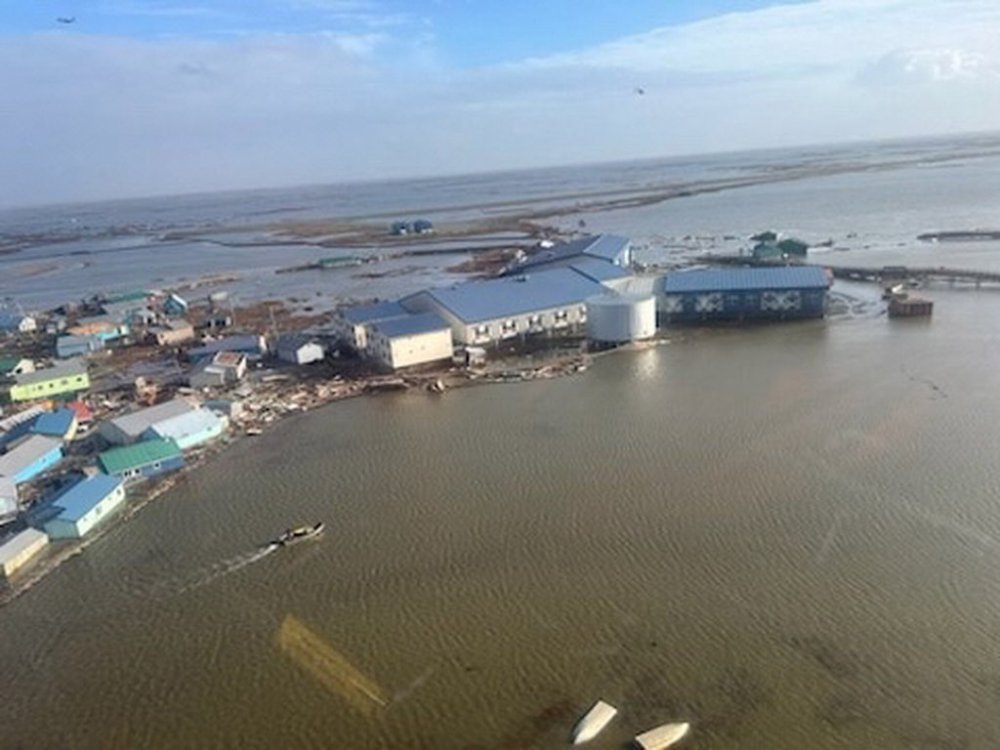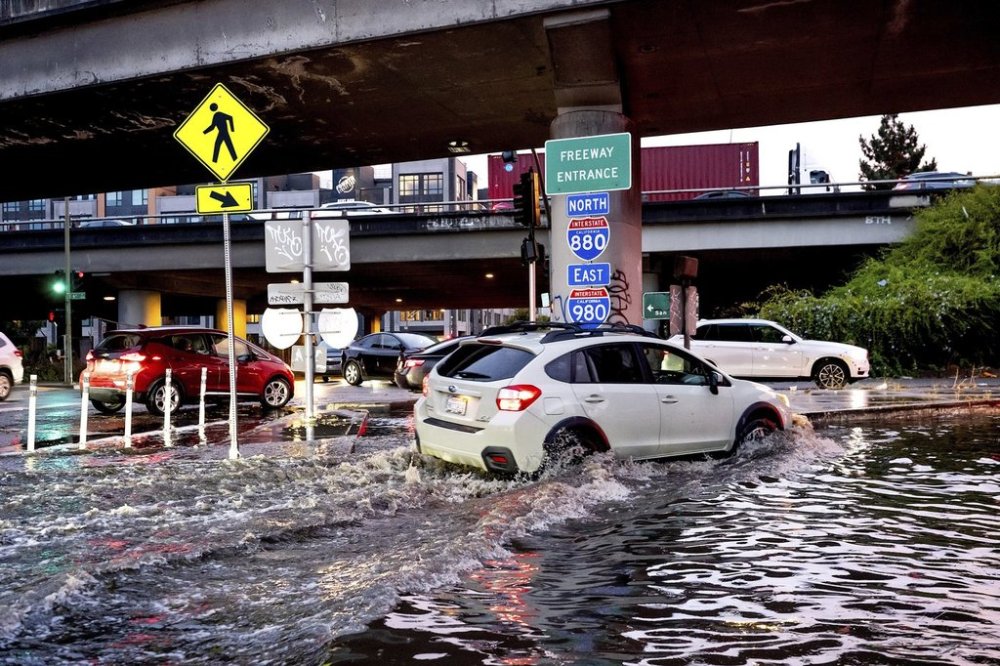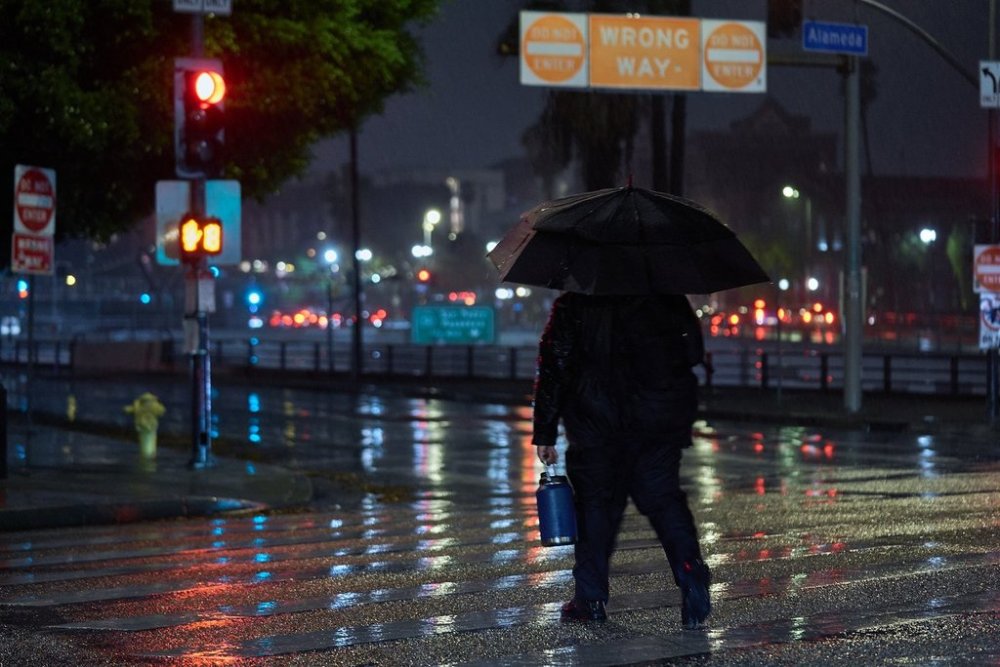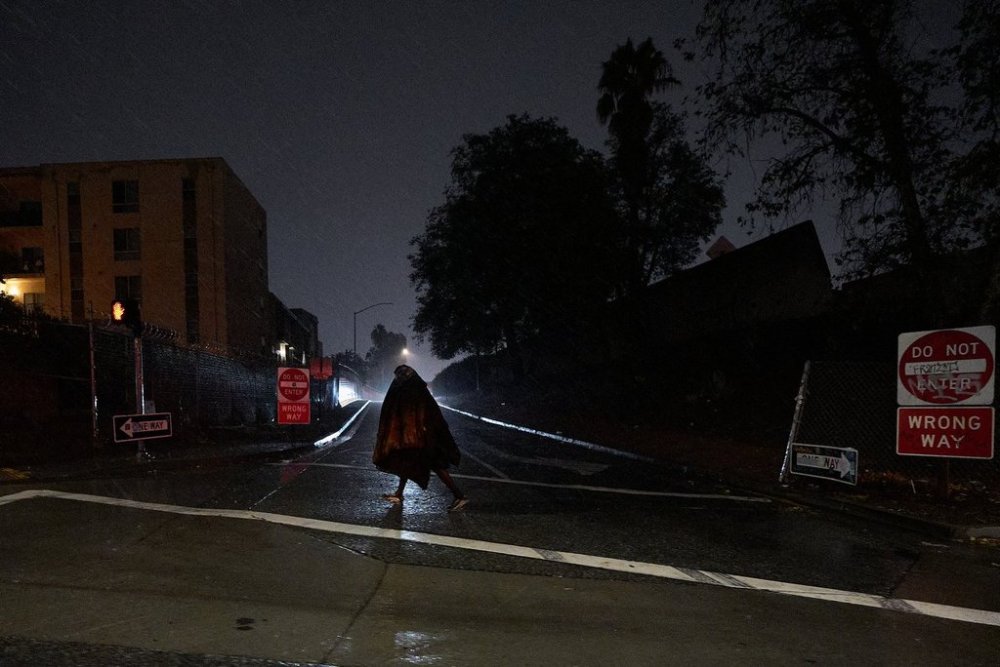Rare October storm brings heavy rain and possible mudslides to Southern California
Advertisement
Read this article for free:
or
Already have an account? Log in here »
To continue reading, please subscribe:
Monthly Digital Subscription
$1 per week for 24 weeks*
- Enjoy unlimited reading on winnipegfreepress.com
- Read the E-Edition, our digital replica newspaper
- Access News Break, our award-winning app
- Play interactive puzzles
*Billed as $4.00 plus GST every four weeks. After 24 weeks, price increases to the regular rate of $19.00 plus GST every four weeks. Offer available to new and qualified returning subscribers only. Cancel any time.
Monthly Digital Subscription
$4.75/week*
- Enjoy unlimited reading on winnipegfreepress.com
- Read the E-Edition, our digital replica newspaper
- Access News Break, our award-winning app
- Play interactive puzzles
*Billed as $19 plus GST every four weeks. Cancel any time.
To continue reading, please subscribe:
Add Free Press access to your Brandon Sun subscription for only an additional
$1 for the first 4 weeks*
*Your next subscription payment will increase by $1.00 and you will be charged $16.99 plus GST for four weeks. After four weeks, your payment will increase to $23.99 plus GST every four weeks.
Read unlimited articles for free today:
or
Already have an account? Log in here »
LOS ANGELES (AP) — A rare October storm pummeled parts of Southern California with heavy rain and strong winds Tuesday, threatening wildfire-scarred neighborhoods with the possibility of mudslides and prompting some evacuations.
As downpours moved through the region, drivers hydroplaned and some accidents were reported on flooded roads. The National Weather Service issued flash flood warnings for parts of Los Angeles and Santa Barbara counties in areas that recently had wildfires recently. Wildfires can leave hillsides without vegetation to hold soil in place and making it easier for the terrain to loosen during storms.
Rainfall amounts by Tuesday morning were as high as 3.5 inches (8.9 centimeters) in the Ventura County mountains. The western suburbs of Los Angeles received up to 2 inches (5 centimeters), meteorologists said.

“We’re very concerned about the weather,” Los Angeles Mayor Karen Bass said during a news conference Monday night, explaining that strike teams, rescue teams and helicopters were all ready to respond.
Authorities ordered the evacuation of about 115 homes, mostly in Pacific Palisades and Mandeville Canyon, where a massive inferno swept through in January. That fire killed more than 30 people in all and destroyed over 17,000 homes and buildings in Los Angeles County.
Fires make the soil become “an oil-like surface” that is impermeable, said David Roth, a forecaster with the Weather Prediction Center in College Park, Maryland.
“It takes years for that to really wear off. The first year after a severe fire or a significant fire is the worst year, and just everything runs off. It’s almost like the ground has become asphalt,” Roth said.
Bass and other officials warned residents across the region to remain alert and stay indoors.
Still, Alex and Katarina Tsykhanivsky made a wet morning trek to the Griffith Observatory, which usually offers sweeping vistas of Los Angeles. The view Tuesday was obscured by heavy clouds as downpours intensified.
“It doesn’t rain much in LA. So every time we see rain, we like to go out,” Alex Tsykhanivsky said.

The heaviest rain was still approaching Tuesday.
At least two tornado warnings were issued and rockslides were reported, but there was no immediate word of major damage. More than 21,000 customers in Southern and central California had already lost power, according to PowerOutage.us.
Patrols underway and closings announced due to the storm
Teams from the Los Angeles Fire Department started patrolling the area Monday night and a section of state Route 27, beginning at the Pacific Coast Highway, was closed in preparation for the storm, the California Department of Transportation, known as Caltrans, said on social media.
To the north, the Mammoth Mountain Ski Area said it was snowing Tuesday morning. Up to 3 feet (1 meter) of mountain snow was predicted for parts of the Sierra Nevadas.
Heavy rain Monday night across much of Northern California brought some urban flooding around the San Francisco Bay Area.
In February, torrential rains unleashed debris flows and mudslides in several neighborhoods torched by the January fires. In the community of Sierra Madre, near the site of the Eaton Fire, water, debris and boulders rushed down the mountain, trapping cars in the mud and damaging several home garages. A portion of the Pacific Coast Highway by Pacific Palisades was submerged in at least 3 feet of sludge, and a swift debris flow swept a Los Angeles Fire Department vehicle into the ocean.

Concerns about post-fire debris flows have been especially high since 2018, when mudslides ravaged the Santa Barbara County community of Montecito after a downpour hit burned mountain slopes.
Southwest and Alaska among other parts of US hit by severe weather
Elsewhere in the U.S., about 100 residents in the southwestern Colorado mountain town of Pagosa Springs were out of their homes and schools were closed on Tuesday.
That happened because the San Juan River flooded its banks after Tropical Storm Raymond dumped more rain Monday. It was the second tropical storm to drench the saturated region since the weekend.
In Tempe, Arizona, a microburst and thunderstorm on Monday dropped about a half-inch (1.3 centimeters) of rain within 10 minutes, the weather service said. The storm uprooted trees that toppled onto vehicles and buildings. A business complex had its roof torn off, and thousands of homes lost power.
And in Alaska over the weekend, Typhoon Halong brought hurricane-force winds, storm surges and floodwaters that swept away some homes. One person was dead and two were missing in the western part of the state, while more than 50 people had been rescued — some plucked from rooftops.
In the Eastern U.S., a person spotted in the rough seas off Cape Cod, Massachusetts, by a passing ferry was rescued by the U.S. Coast Guard on Monday.

The Falmouth police and fire departments were alerted after the crew of a Steamship Authority Ferry spotted the person bobbing amid 6-foot waves (1.8 meters) and poor visibility. A Coast Guard rescue diver hoisted the person to safety aboard a helicopter. The person was expected to survive, the Coast Guard said.
___
Golden reported from Seattle. Associated Press writers Becky Bohrer in Juneau, Alaska; Damian Dovarganes in Los Angeles; Kathy McCormack in Concord, New Hampshire; Julie Walker in New York City; Isabella O’Malley in Philadelphia; Michael Casey in Boston; and Colleen Slevin in Denver also contributed.

